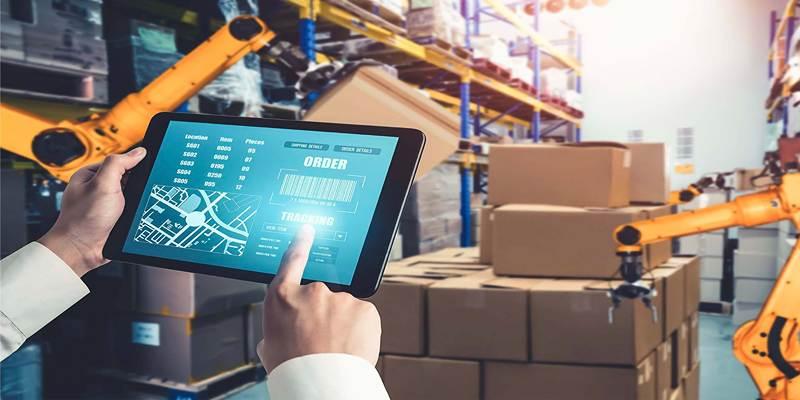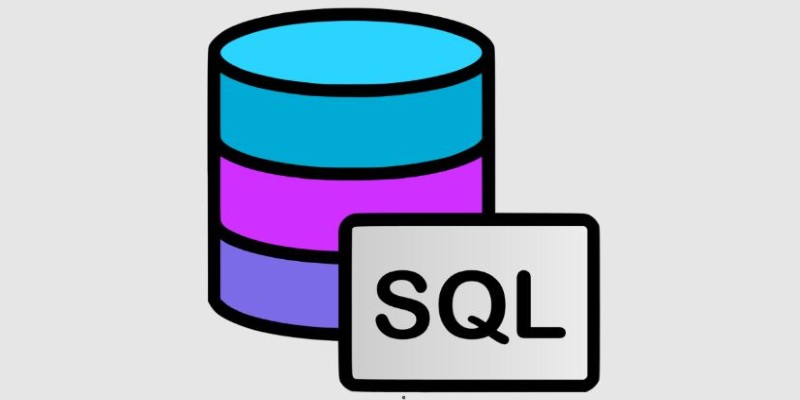In today’s fast-paced and competitive business world, efficient supply chain management has become more important than ever. Companies are under constant pressure to deliver products faster, minimize costs, and adapt quickly to unexpected challenges. One of the most effective ways to achieve these goals is by leveraging artificial intelligence (AI) within the supply chain.
AI-driven technologies are helping businesses streamline processes, enhance visibility, improve decision-making, and ultimately drive supply chain excellence. From inventory forecasting to real-time delivery tracking, AI is transforming traditional supply chains into agile, responsive systems. This post explores how AI contributes to supply chain optimization and performance and how companies can adopt AI tools to stay ahead of the curve.
The Growing Role of AI in Modern Supply Chains
Artificial Intelligence, once viewed as a futuristic concept, is now a practical tool being used across various industries. In supply chain operations, AI offers the ability to analyze large volumes of data, automate decision-making, and identify inefficiencies in real time. By integrating AI into their supply chain processes, organizations can move from reactive to proactive management.
Key applications of AI in supply chain operations include:
- Predictive demand forecasting
- Smart inventory and warehouse management
- Route optimization for logistics
- Supplier risk assessment and monitoring
- Automated procurement and planning
These applications make it easier for businesses to respond to changing customer needs, reduce costs, and improve reliability across their operations.
AI Applications Across the Supply Chain
AI can be used at every stage of the supply chain. Let’s break down how it helps in key areas:
Demand Forecasting
AI models can analyze sales history, seasonality, customer behavior, and external factors (like weather or news trends). It helps companies forecast demand more accurately.
- Reduces overproduction and understocking
- Aligns production with market needs
- Minimizes waste
Inventory Management

Managing stock levels is tricky. Too much inventory ties up capital, while too little can lead to missed sales. AI uses predictive analytics to find the sweet spot.
- Suggests reorder points
- Tracks slow-moving or obsolete items
- Helps automate replenishment
Warehouse Operations
AI-powered robots and smart systems improve warehouse speed and accuracy.
- Automates picking, packing, and sorting
- Reduces human error
- Optimizes storage space
Supplier and Vendor Management
AI tools can evaluate suppliers based on performance, delivery times, and quality. It helps businesses choose the best partners.
- Identifies risky vendors
- Tracks compliance and performance
- Suggests alternatives in case of disruptions
How AI Improves Logistics and Delivery
Getting products from one point to another involves many moving parts. AI brings order to this chaos by optimizing routes and monitoring deliveries in real time.
Route Optimization
AI uses traffic data, weather, fuel costs, and delivery schedules to create the fastest and most cost-effective routes.
- Saves time and fuel
- Reduces shipping costs
- Improves delivery reliability
Real-Time Tracking and Visibility
Customers and businesses want to know where their products are at any given moment. AI enables real-time tracking and alerts for delays. It increases transparency and builds customer trust.
Risk Management with AI
Disruptions like pandemics, natural disasters, or political conflicts can shake supply chains. AI helps businesses prepare for these risks by analyzing patterns and past data.
How AI Supports Risk Management:
- Monitors global events that could affect supply chains
- Predicts the impact of disruptions
- Recommends backup plans and alternative suppliers
This kind of proactive planning leads to stronger and more resilient supply chains.
Using AI to Support Sustainability Goals
Today’s businesses are under pressure to be more sustainable. AI can help them meet those goals. It finds ways to reduce emissions, energy usage, and waste through smart data analysis.
Here’s how AI boosts sustainability in supply chains:
- Plans greener transport routes
- Reduces packaging waste
- Cuts down energy usage in warehouses
- Identifies suppliers with eco-friendly practices
By making small changes based on AI insights, companies can reduce their carbon footprint without hurting their bottom line.
Common Challenges in Implementing AI
While AI offers many benefits, there are some challenges to consider.
Data Quality and Availability
AI needs clean, complete data to work properly. Many companies struggle with siloed systems or missing data.
Change Management
Getting employees on board with new AI tools can be tough. Training and support are key.
Cost of Technology

AI systems require an upfront investment. However, the long-term savings often outweigh the initial costs.
Best Practices to Drive AI Success in Supply Chains
To get the most out of AI, companies should follow a few simple best practices:
- Start small: Begin with one area, such as forecasting or warehouse automation.
- Clean your data: Ensure your data is accurate and well-organized.
- Use the right tools: Choose AI tools that fit your business size and goals.
- Train your team: Help your staff understand how AI works and how to use it.
- Monitor performance: Use dashboards and KPIs to track improvements over time.
Real-World Example
Let’s take an example of a large retailer. Before using AI, they often ran out of popular products and overstocked items that didn’t sell.
After using AI-powered forecasting tools, they:
- Reduced excess inventory by 30%
- Improved on-time deliveries by 20%
- Cut down on waste and save money
It shows how even small changes can lead to big improvements with AI.
Conclusion
AI is revolutionizing the way supply chains operate by making them smarter, faster, and more efficient. With better forecasting, real-time tracking, and predictive insights, businesses can reduce waste and improve customer satisfaction. It also supports sustainability and resilience in uncertain times. While challenges like data quality and cost exist, the long-term benefits far outweigh them. Starting small and scaling gradually is key to success. With the right tools and mindset, AI can transform any supply chain. Embracing this technology today means staying competitive tomorrow.











